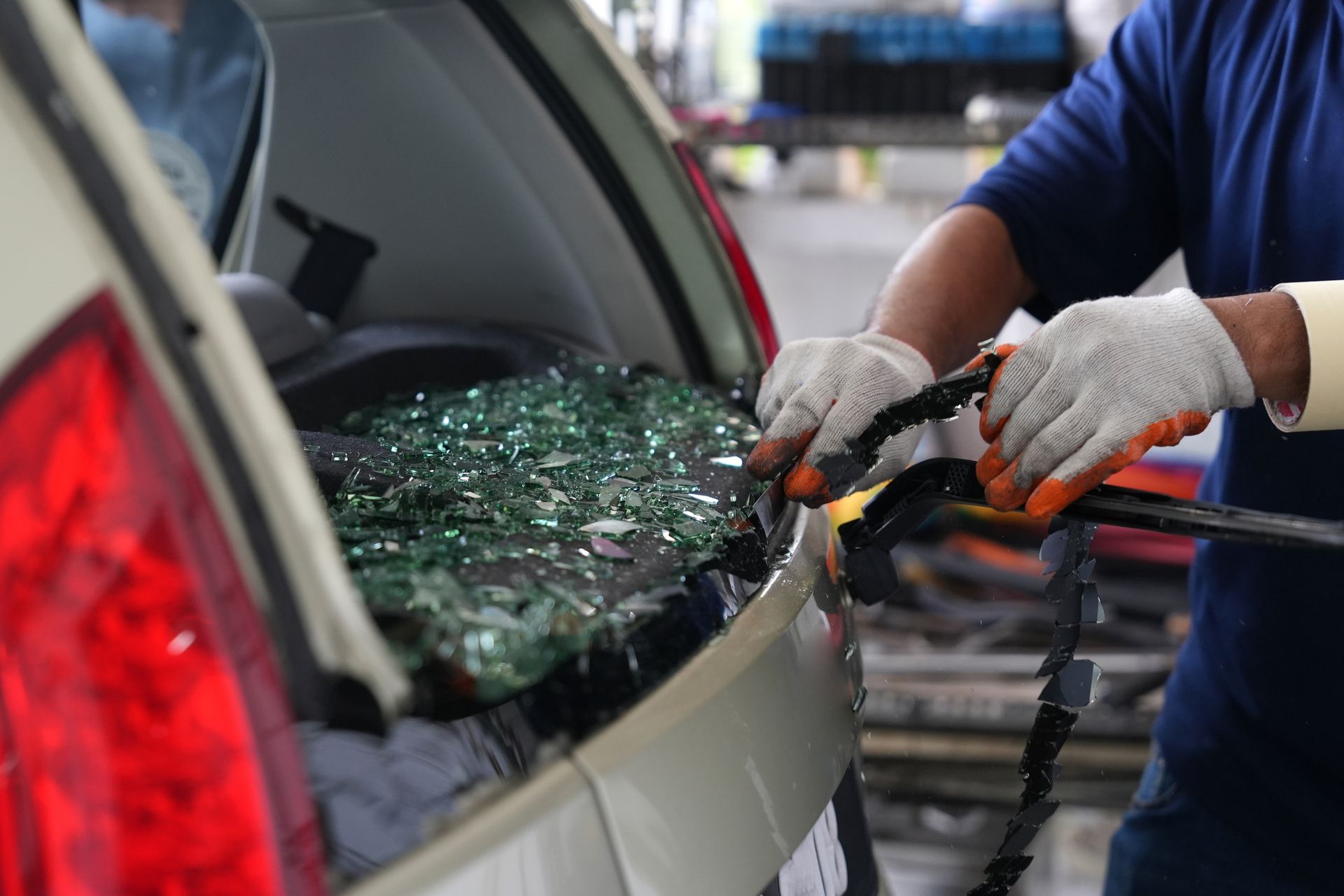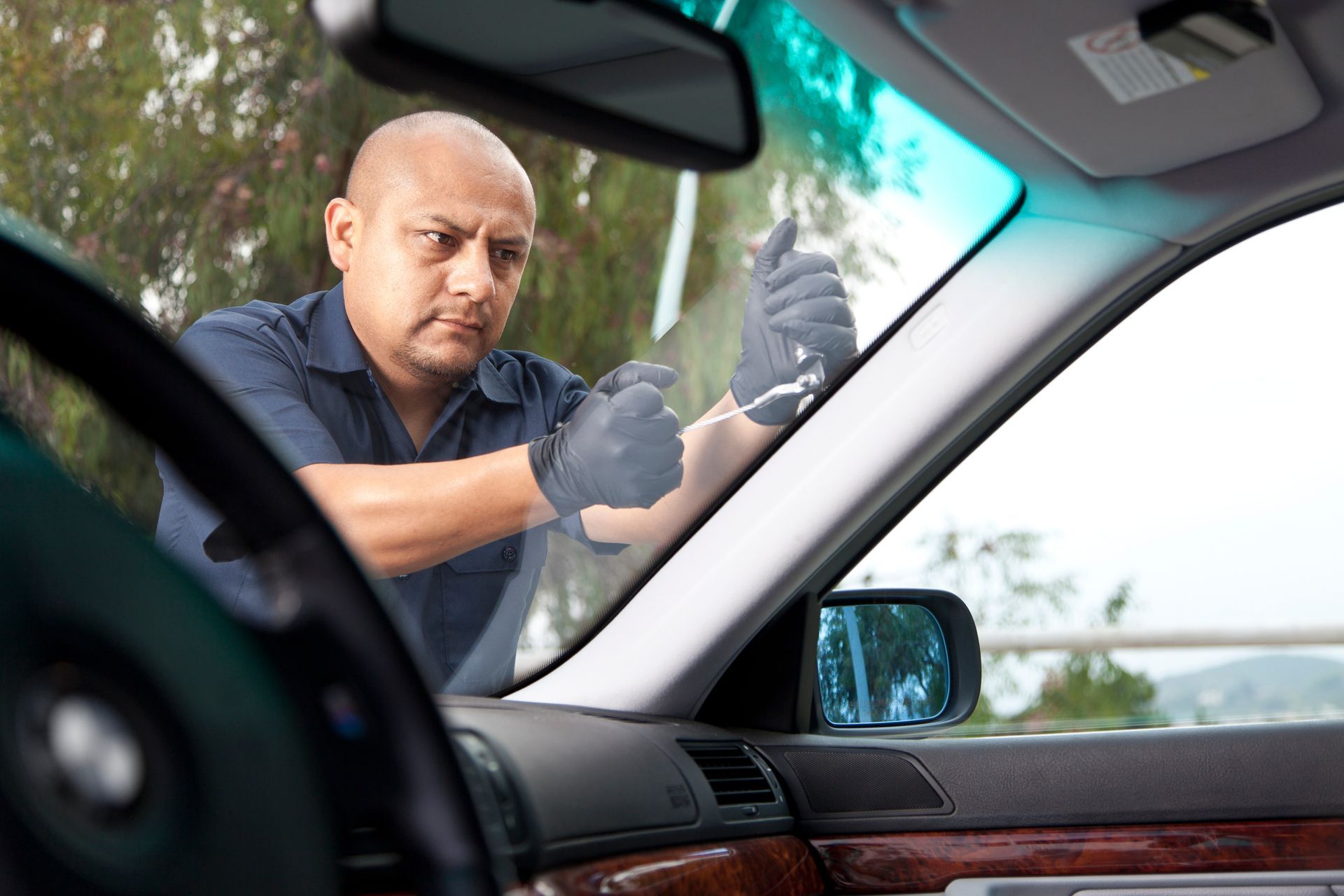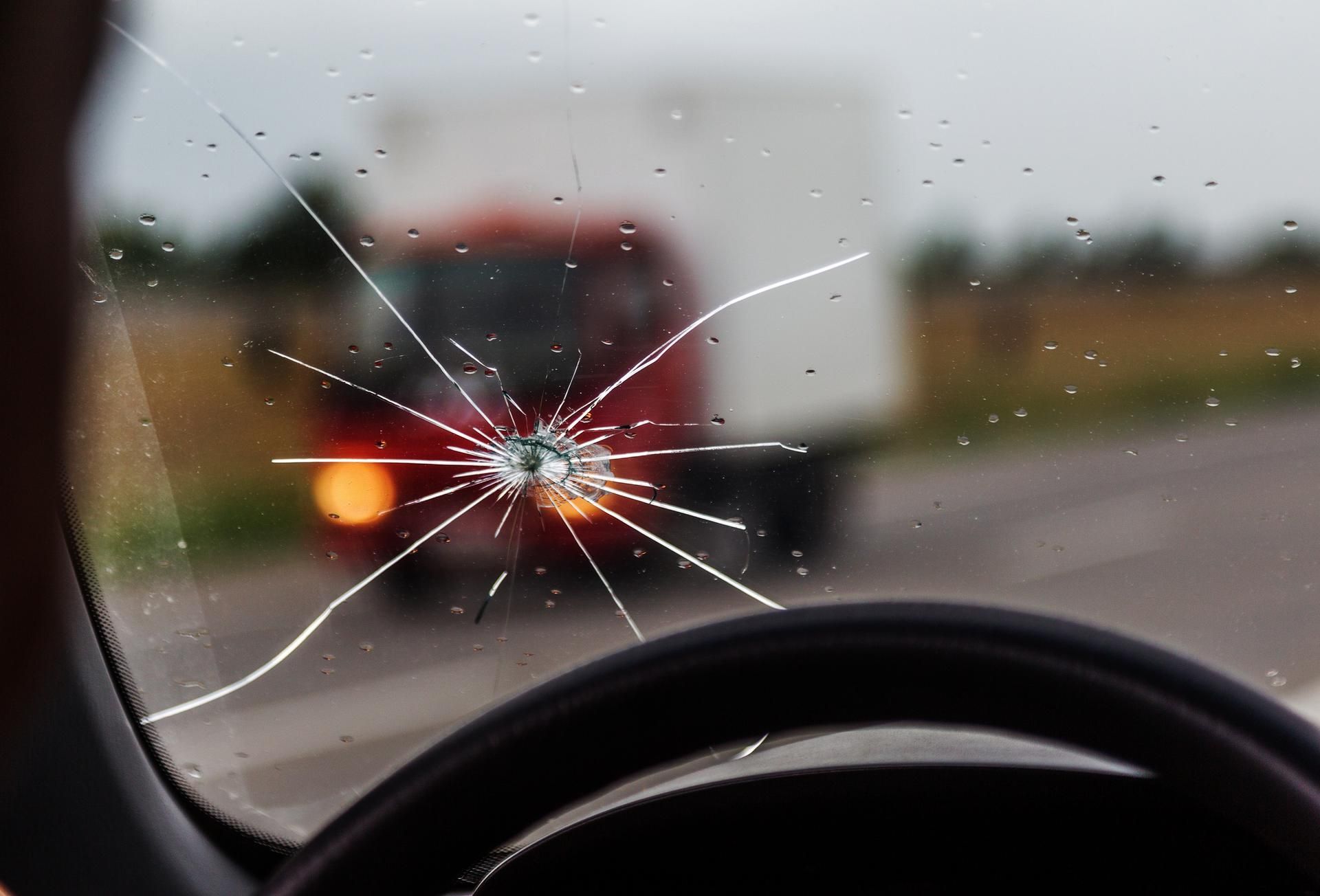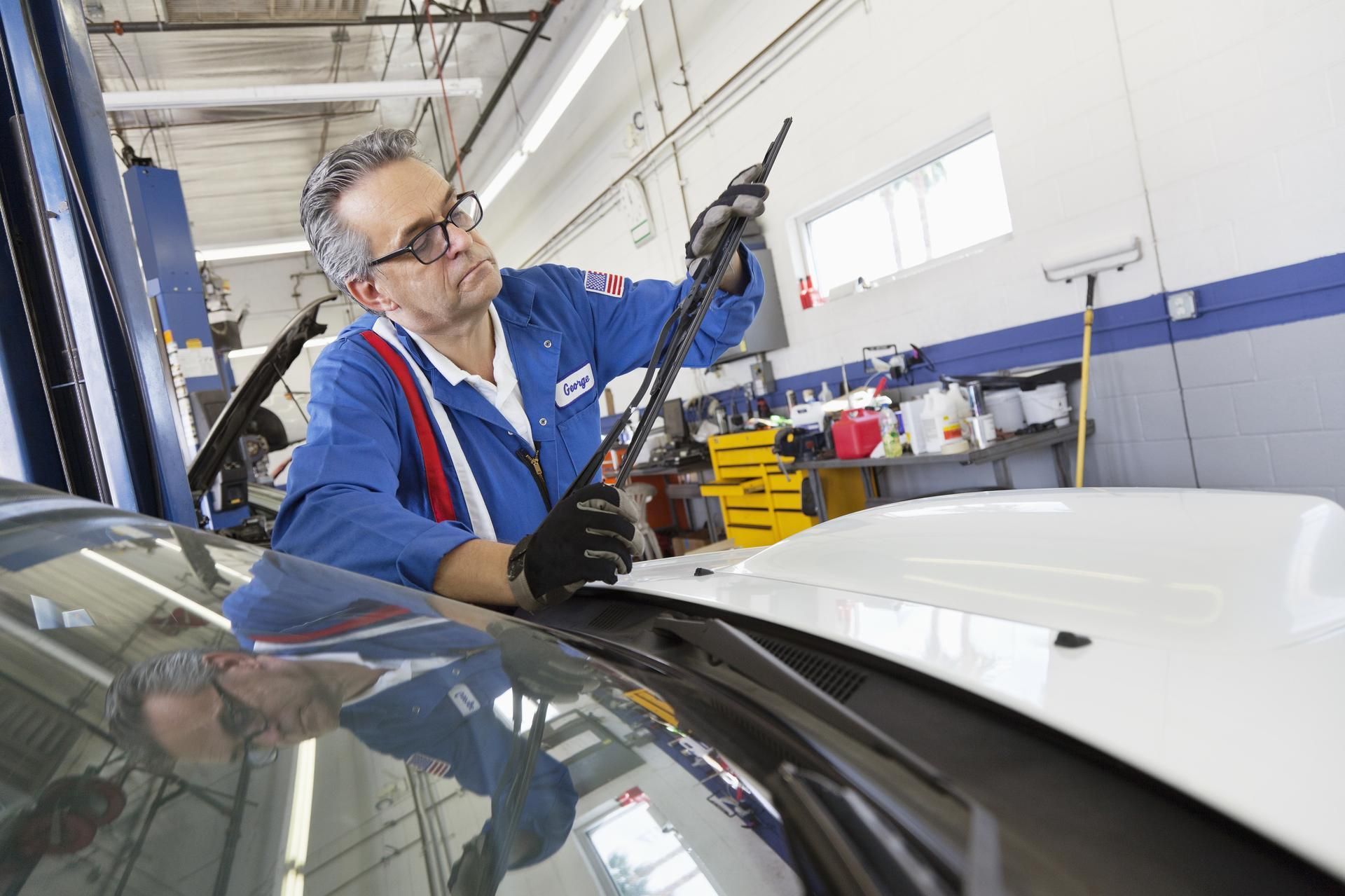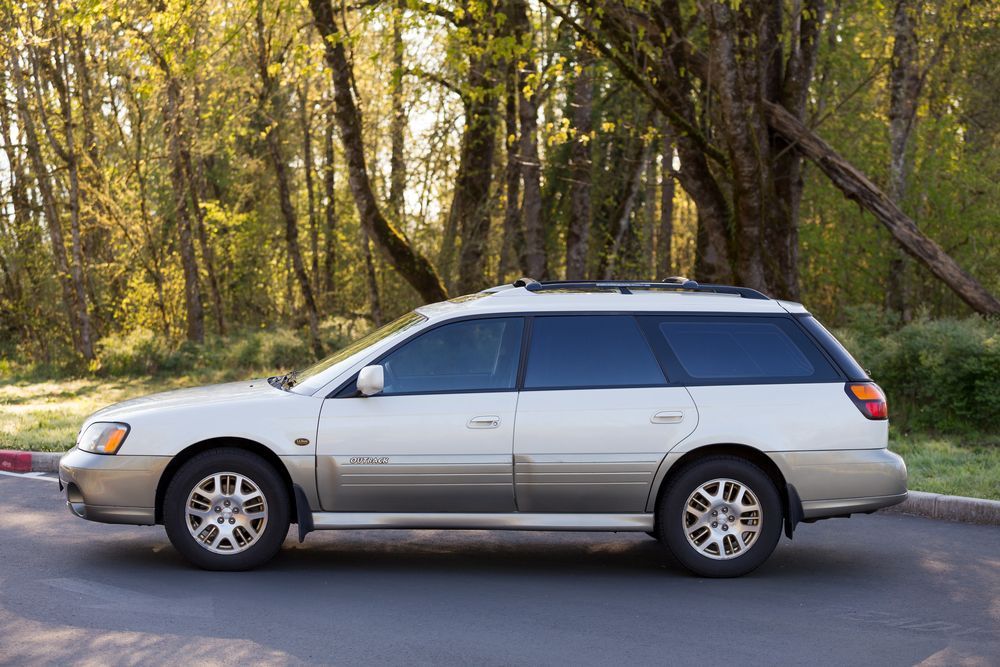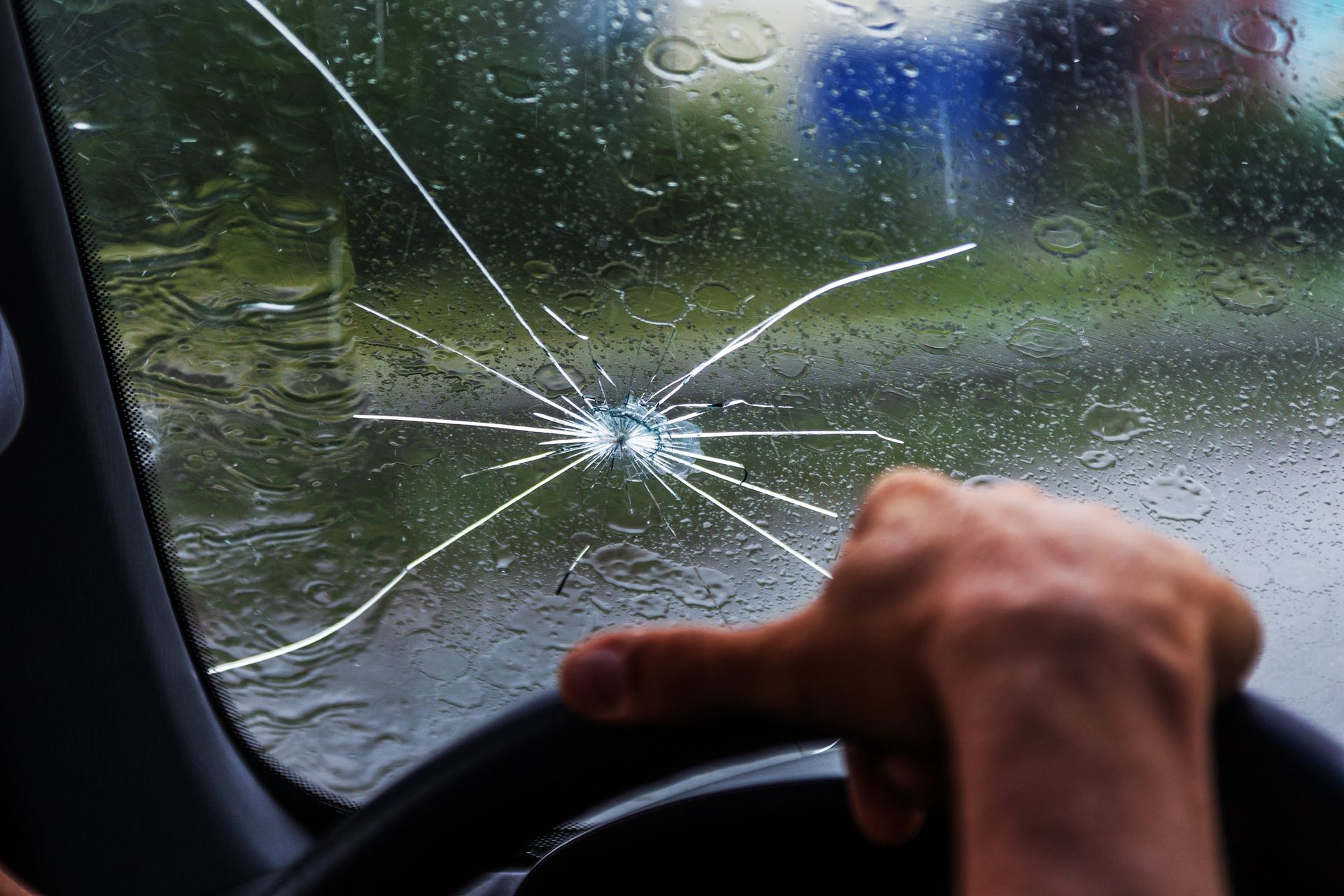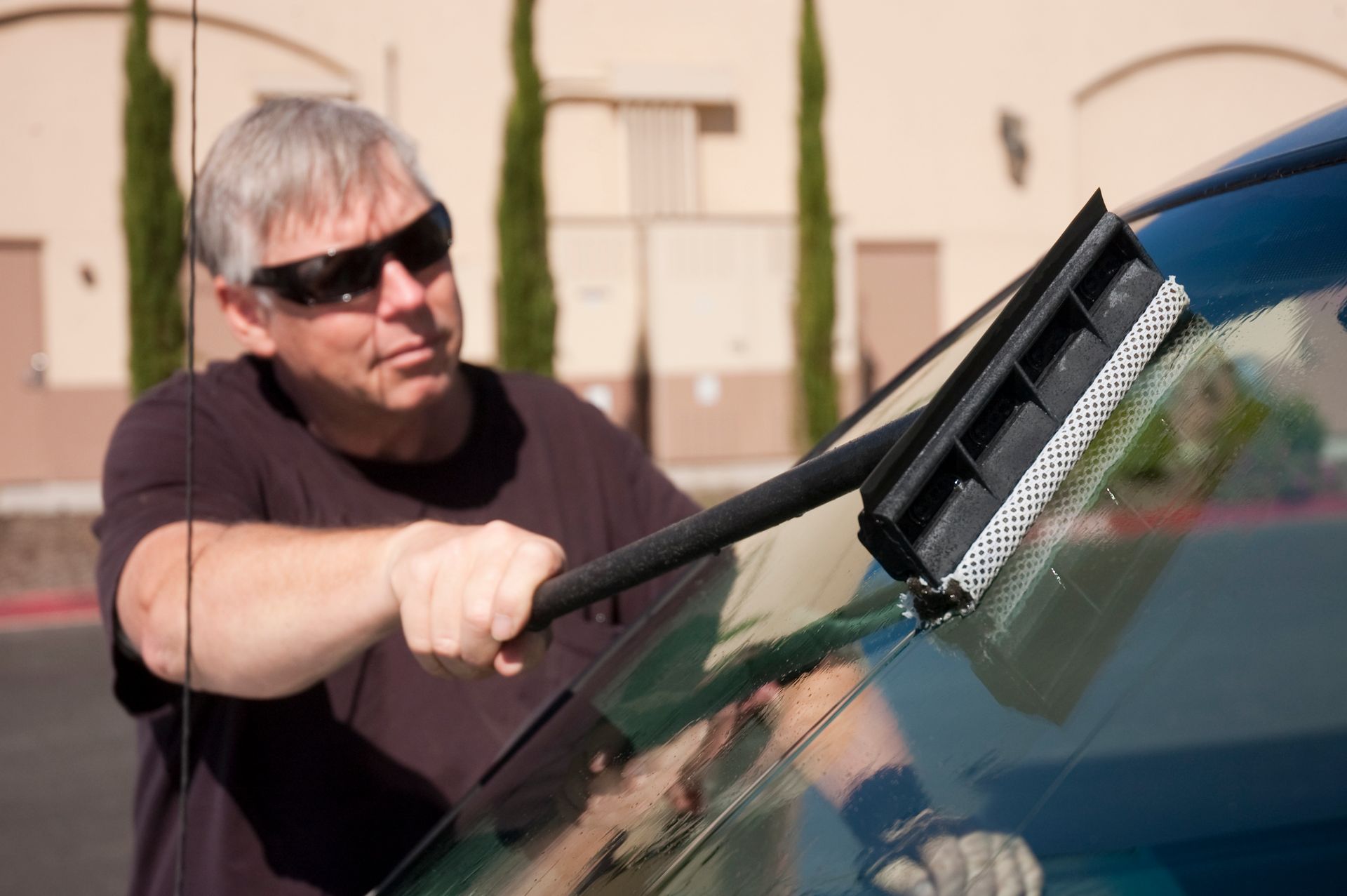5 DIY Auto Glass Repair Risks
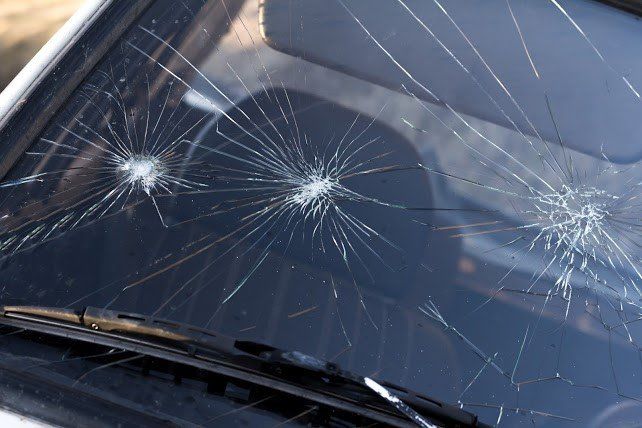
If your windshield is cracked or chipped, then you may notice an array of DIY auto glass repair kits available at your local auto shop and wonder if good glass repair results can be achieved with them. While all auto glass repair kits vary slightly, most present similar risks both during the glass repair process and after.
Read on to learn about just five of the many risks of DIY auto glass repair.
1. Many Products Are Toxic
Most auto glass repair kits come with a clear liquid resin that you are instructed to inject into the glass chip or crack and then allow to harden. This resin can release toxic fumes that irritate your lungs, eyes, and mucous membranes, especially if you perform the glass repair in a closed environment. In addition, if this resin comes into direct contact with your skin or eyes, extreme irritation or even skin or eye damage could occur.
These risks can be minimized by using the product in a well-ventilated area while wearing safety glasses, safety gloves, and protective clothing, However, you can never completely eliminate the health risks of DIY auto glass repair kits.
2. Repair Result May Obscure Vision
When auto glass repair professionals repair a windshield, they take steps to ensure that the glass repair dries crystal clear and blends in with the surrounding glass well. In fact, when you have a windshield crack or chip repaired by a professional, you may leave the glass repair shop with a windshield that appears as if it was never damaged at all.
However, when an amateur repairs a windshield chip or crack with a DIY repair kit, the final appearance of the windshield can vary greatly. Improper application and curing can lead to the liquid resin appearing opaque instead of clear after hardening. In addition, any resin that drips beyond the perimeter of the original crack or chip while hardening could leave your windshield covered in unsightly drip marks.
Any visible mistakes made during the DIY windshield repair process can not only lead to unsightly appearing window glass but can also obstruct your vision while driving.
3. Repairs May Not Restore Windshield Structural Integrity
When you take your cracked or chipped windshield to an auto glass expert for repair, they will determine if simple repair of the damage will restore full windshield structural integrity or if the damage signals that you need a windshield replacement.
For example, if you have a small bull’s-eye chip near the center of your windshield, then an auto glass expert will likely simply repair the chip since this damage does not make your entire windshield weaker.
However, if your windshield has developed a crack that is several inches long and located near the windshield perimeter, then the auto glass expert will likely recommend complete windshield replacement; extensive damage near the windshield perimeter leaves your windshield at risk of failure in the event of a crash even after a repair is made.
When you repair a windshield chip or crack at home with a DIY repair kit, you do not know if the repair will restore full windshield structural integrity or if you are repairing a crack so severe that only windshield replacement would restore the glass structural integrity that it jeopardizes.
4. Use of Some Kits Require Ideal Weather Conditions
Professional auto glass repair is a multi-step process that requires the use of many tools that most automobile owners do not own. One of these steps is curing, or hardening, the resin used to repair the auto glass with a special UV light.
Since UV lights can be expensive and most auto owners would not want to purchase this expensive tool to perform one auto glass repair, many DIY auto glass repair kits instruct users to allow glass repair resin to instead cure in direct sunlight for up to several hours.
In some areas of the country, especially during the winter, it can be difficult to predict a day when several hours of strong sunlight will shine on the auto glass to help the resin cure properly. In addition, even in areas of the country that are typically sunny, an unpredicted rainstorm could occur that interrupts product curing time, leading to an undesirable finished repair result.
5. DIY Repair Cost Not Covered by Auto Insurance Companies
Some drivers purchase DIY auto glass repair kits in an attempt to save money since some of these kits can cost less than professional auto glass repair.
However, most auto insurance companies cover the cost of auto glass repairs for drivers who have comprehensive auto insurance policies. In fact, some even waive the insurance deductible for this repair type, because they know that funding the repair in full can help prevent more extensive, and expensive, auto insurance claims in the future.
For this reason, the cost of these kits is often greater than the out-of-pocket expense of a professional auto glass repair service for drivers with comprehensive auto insurance.
If your auto glass is cracked or chipped and you are considering attempting to repair it with a DIY auto glass repair kit, then keep these five DIY auto glass repair risks in mind as you decide on the best glass repair technique for you. Contact the auto glass repair professionals at MS Glass Outlet for all of your
auto glass repair needs today.

